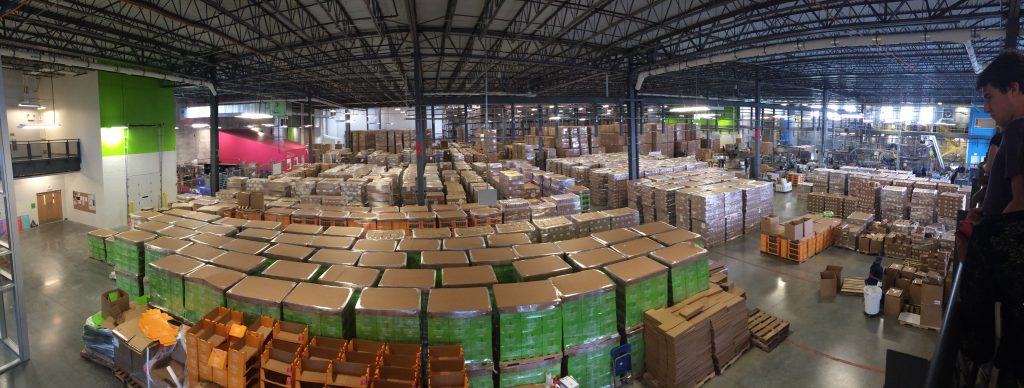
Energy efficiency and sustainability issues compared between world cities
Cities across the world are in the midst of competing to meet energy efficiency and carbon reduction goals. As I readjust to being in the Chicago area, I’ve been learning what this means for the city as well as other cities in the Great Lakes region. The Hong Kong study abroad program was a great jumping-off point for learning about urban sustainability and specifically the importance of building energy efficiency, which accounts for the majority of urban energy needs. Buildings are an essential gateway to reducing carbon emissions, a topic I researched and focused on in a workshop at the University of Illinois at Chicago, called the Summer Institute on Sustainability and Energy (SISE).
In this summer program, we heard lectures from professionals in the fields of data management, technology innovation, municipal systems management, energy technology development, and various other related fields. We also had site visits to labs and manufacturing facilities to get a more in-depth view of the energy efficiency technologies and processes happening in Chicago. It was overall very similar in style to the Hong Kong program, except the most pressing sustainability issues between the two cities are different.
In Chicago, heavy rainfall and flooding is the largest concern because of the expensive damage it causes. In Hong Kong, the issues are more widespread and include waste management, access to clean water resources, biodiversity preservation, housing availability and affordability, and demand for land to develop. However, both cities are committed to reduce their carbon emissions and improve energy efficiency. Though this can be done through technology upgrades, the desire to make these changes must be pushed either top-down from the government, or bottom-up through the consumers.
 It is becoming standard to build LEED-certified buildings, one great example being the new Method soap factory in the Pullman neighborhood of Chicago’s south side. The Method products are faithfully made not only from eco-friendly materials, but also in an eco-friendly building. It is the first factory to have greenhouses on the roof, soon to be producing fruits and vegetables for restaurants and the surrounding community. The South Side Soapbox, as it’s lovingly called, is Method’s only factory, strategically located centrally in the country to reduce shipping distances.
It is becoming standard to build LEED-certified buildings, one great example being the new Method soap factory in the Pullman neighborhood of Chicago’s south side. The Method products are faithfully made not only from eco-friendly materials, but also in an eco-friendly building. It is the first factory to have greenhouses on the roof, soon to be producing fruits and vegetables for restaurants and the surrounding community. The South Side Soapbox, as it’s lovingly called, is Method’s only factory, strategically located centrally in the country to reduce shipping distances.
While new buildings can help reach city sustainability goals, it’s the existing buildings that cause the problems. In Hong Kong, they take the form of skyscrapers that were built in recent decades but did not follow energy efficiency codes. In Chicago, buildings that are over 50 years old still operate with modern businesses and residents using their outdated electrical systems. The cost to make them efficient is often not worth the return on investment, and renters who are not concerned with long-term building investments occupy the majority of real estate.
This barrier stuck out to me as a policy issue, because accountability in this arena is difficult to pinpoint. I learned from the Hong Kong program that if an agency is serious about reducing emissions, it can be done through regulations; China Light and Power is the entity responsible for this. Improving air quality for seven million residents is no small feat, and though Chicago has a much smaller population of nearly three million, the city has outlined in its Climate Change Action Plan that it is aiming for an 80% reduction of carbon emissions by the year 2050. Although we focused on the technological development side of energy efficiency in SISE, I’ve been simultaneously viewing the issues through a policy lens as a result of my experience in Hong Kong. It overall helps me approach these urban issues more holistically, while also opening my mind up to learning what other views I may be missing.

